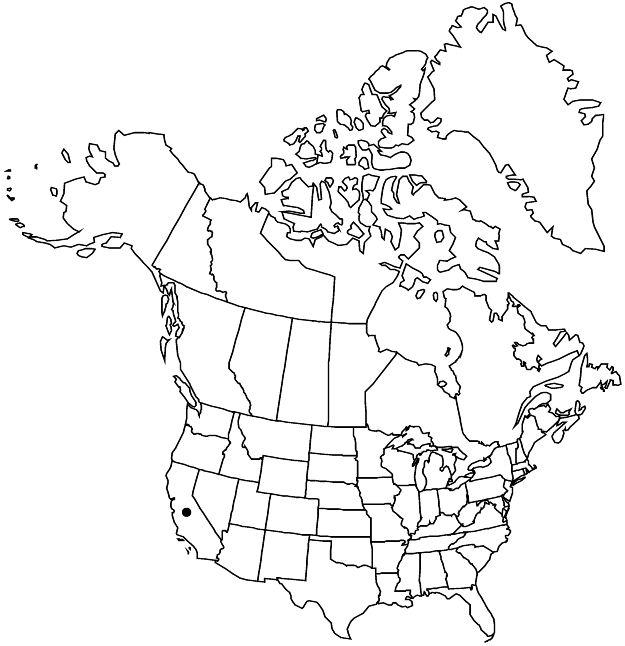familyCrassulaceae
genusCrassula
speciesCrassula colligata
subspeciesCrassula colligata subsp. lamprosperma
Difference between revisions of "Crassula colligata subsp. lamprosperma"
S. Austral. Naturalist 76: 9, fig. 1H–K. 2002,.
Treatment appears in FNA Volume 8. Treatment on page 155.
FNA>Volume Importer |
FNA>Volume Importer |
||
| Line 47: | Line 47: | ||
|publication year= | |publication year= | ||
|special status= | |special status= | ||
| − | |source xml=https://jpend@bitbucket.org/aafc-mbb/fna-data-curation.git/src/ | + | |source xml=https://jpend@bitbucket.org/aafc-mbb/fna-data-curation.git/src/f6b125a955440c0872999024f038d74684f65921/coarse_grained_fna_xml/V8/V8_308.xml |
|genus=Crassula | |genus=Crassula | ||
|species=Crassula colligata | |species=Crassula colligata | ||
Revision as of 21:28, 24 September 2019
Plants terrestrial, annual. Stems erect, reddish brown in age, unbranched or branched, to 16 cm. Leaf blades ovate to oblong, 4–5 mm, apex with awn or mucro. Inflorescences compact; flowers 2 per node. Pedicels 1.5+ mm. Flowers 5-merous; sepals lanceolate, 1.5 mm, apex mucronate; petals lanceolate, 1.2 mm. Follicles erect or slightly recurved, 1–2-seeded, oblong-lanceoloid; old follicles ascending, boat-shaped. Seeds ellipsoid, 0.3–0.5 × 0.1–0.2 mm, not papillate, shiny, smooth.
Phenology: Flowering spring.
Habitat: Sandy to loamy soils in open woodlands
Elevation: 100-200 m
Distribution

Calif., Australia.
Discussion
Subspecies lamprosperma was found along the San Gabriel River in southern California, possibly brought in as a seed contaminant at a nearby quarry (S. Boyd 2004).
Selected References
None.
Lower Taxa
None.